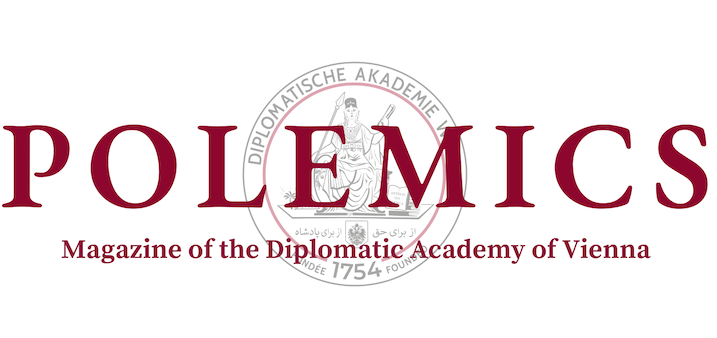By: Sebastian Egger (Guest Writer)
At the end of a long and brutal war, there is now a degree of stability in the region. Moreover, after having participated in the war on the victorious side, it is not only the autonomous region of Iraqi Kurdistan, the movement for an independent Kurdish state in general and the Kurdish-dominated militias in Syria that have been strengthened, but also the role of women within these institutions.
The Yekîneyên Parastina Jin (YPJ, Kurdish for Women’s Defense Unit), founded in 2013 as an all-female resistance unit, continues to fight in Syria alongside its YPG partner organization. Although both organizations are generally associated with the Kurdish cause, their membership is not ethnically limited to Kurds.
Historically, the participation of women in the fight for Kurdish autonomy far precedes the YPJ: in the Peshmerga, the military force of the autonomous region of Iraqi Kurdistan, women have played a significant role since its foundation.
During the Iraqi-Kurdish conflict of the last century, however, most women who served in the Peshmerga took on supportive roles such as building camps, nursing the wounded, carrying ammunition and delivering messages. Nevertheless, women have been fighting on the front lines of the Peshmerga from very early on, and even entered leading positions on the battlefield.
A famous example is Margaret George Shello, an Assyrian woman who joined the forces in the 1960s in their fight against the Iraqi government. Shello asserted herself among her male comrades and was given a leading position by Kurdish nationalist leader Mustafa Barzani in important battles such as the battle of Zawita Valley, a guerilla-based skirmish in northern Iraq.
While there is a long tradition of female participation in Kurdish resistance forces, the phenomenon only garnered international attention with the onset of the Syrian civil war, and the YPJ’s Women’s Defense Units’ fight against the Islamic State, also known by its Arabic acronym Daesh.
Understandably so, since it is not devoid of a certain symbolism to see young, liberated women fighting the oppressive fundamentalists and extremist violence of the IS regime. These imposing dynamics have inspired a series of documentaries, empowering photographs and even a feature film: “Girls of the Sun” (Les filles du soleil), a 2018 French drama film directed by Eva Husson.
In the movie, which was nominated for the Palme d’Or at the 2018 Cannes Film Festival, a battalion of women fight against Islamic extremists who have conquered their small Kurdish town. Mathilde, a French journalist, covers the attack and reports the story of these exceptional warriors, developing a friendship with Bahar, the leader of the group. As the film description states, the two women are both “fighting for the same causes: women, life and liberty.”
Just last March, the YPJ held a military parade in Hasaka, northern Syria, to celebrate the end of the so-called caliphate of the Islamic State. A statement by the general command proclaimed that the YPJ is “one of the main players who had an effective role in the defeat of the Islamic State, because it established the unity of women in frontlines,” adding that the diversity within its ranks “turned into an inspiration for all the women in the world,” and that they were joined by “hundreds of women from around the globe.”
In fact, within the YPJ, women of Kurdish, Arab, Turkish, Assyrian, Circassian, Chechen and Armenian background fought together against the Jihadists of the Islamic State until they finally defeated them in their last holdout in Baghouz earlier this year.
With the conventional war against the Islamic State finally over, however, there is still much work left for the Woman Defense Units says YPJ general Newroz Ahmed, in an interview with ANF News journalist Beritan Sarya.
According to Sarya, the YPJ will have to take part in the ideological struggle leading the entire Syrian society towards a “mentality of freedom and courage.” She says that while her fighters have gained a lot of experience, “their strength now has to be redefined and reorganized” in a way that allows them to rid Syrian society of the remnants of IS extremism.
She also points out that it is somewhat early to be optimistic regarding the reorganization of the militia as an actual sovereign army: “There are more dangers ahead,” she says, hinting towards other adversaries in the region.
Still, having played such an important part in the defeat of the Islamic State, the Women Defense Units have certainly emerged as a force to be reckoned with.









